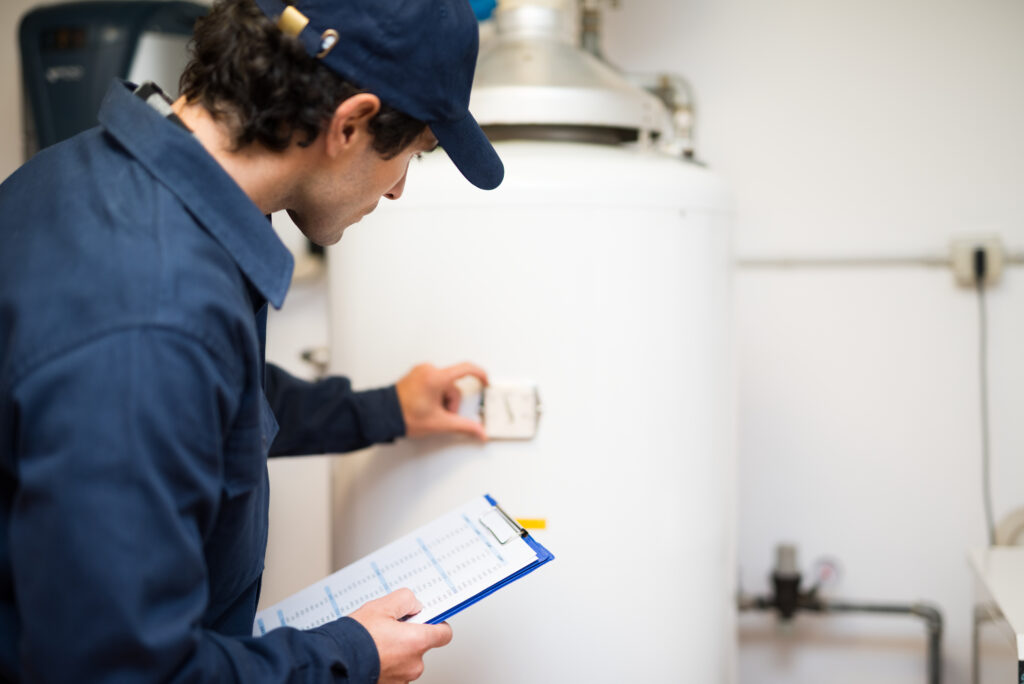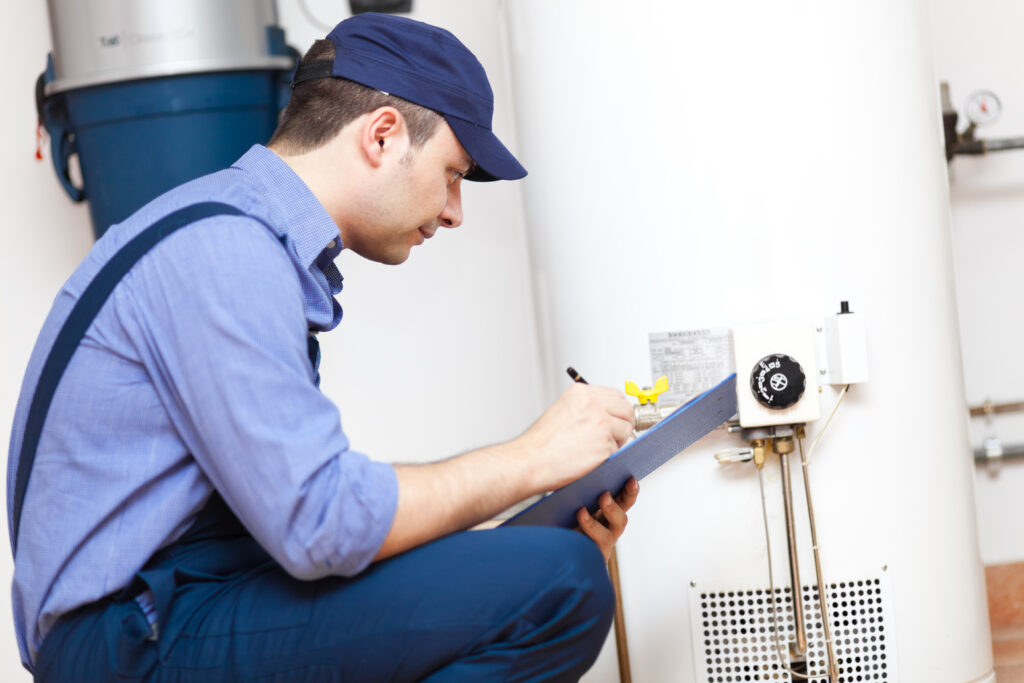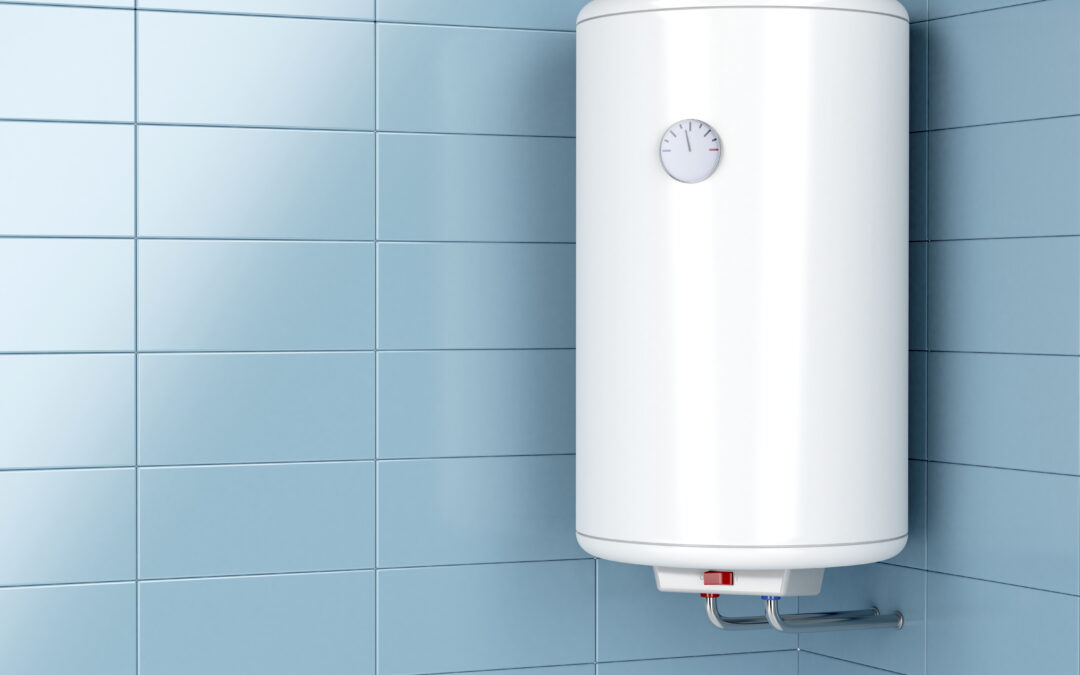To service water heater, or to not service water heater. The time is ticking pretty fast, and you definitely do not want completely cold water in your home during the winter. Keeping your water heater in good working order is essential for reliable and efficient hot water delivery. Regular services and repairs will help maintain the performance of your water heater, reducing the risk of breakdowns and costly repairs. Learn how to properly service your water heater to ensure it stays in peak condition.

Different Types of Water Heaters and Maintenance Requirements.
Depending on the type of water heater, maintenance and repair needs may vary. Tankless water heaters require more frequent inspection and servicing, while tank water heaters are more economical and require less maintenance. Tankless heaters need an annual service to ensure proper operation, while traditional tanks benefit from a routine checkup every 6 months. Additionally, regular inspections can help identify deteriorating tank parts or other issues that need attention and repairs before problems arise.
Regular maintenance is an important part of keeping your water heater working properly. During the service inspection, a professional will look for signs of wear and tear on the internal components such as pipes, valves, the thermostat, and other parts. Additionally they will check to make sure they are using the most efficient type of fuel given the size of your tankless heater. A service technician can also diagnose any problems related to corrosion or sediment buildup in your water heater and offer solutions to these common issues that can help keep it in good working condition.
Regularly Check Temperature & Pressure Relief Valve, Anode Rods and Main Shut-off Valves.
It is important to check the temperature & pressure relief valve and anode rod at least once a year as part of your water heater maintenance routine. These important components can help prevent dangerous pressure buildup caused by sediment buildup inside the tank. Additionally, make sure to check the main shut-off valves periodically to ensure they are open and operating properly. Properly maintained and regularly inspected valves can help extend the life of your water heater.

Clean Sediment Out of Your Water Heater by Flushing the Tank Annually.
Sediment can buildup in your water heater tank and cause damage over time. To clean sediment out of the tank and help prevent more from forming, you should flush the tank once a year. This involves turning off the water supply to the system and draining some of the water out of the tank with a garden hose. Once enough water is drained from the bottom of the tank, disconnect the hose and use a brush or vacuum to clear out any remaining sediment or debris. After you are done cleaning and flushing, it is important that you turn the cold water supply valve back on to fill up the tank.
To reap the most benefits of this cleaning process, you should check for any sediment build-up around the thermostat, heating elements, and other parts of the water heater. If there is an accumulation of sediment and debris, you may need to call in a professional service to inspect and replace them if necessary. Flushing your hot water heater once a year can help extend its lifespan by removing sediment before it causes damage. This simple maintenance task will not only improve your system’s performance but also save you money in costly repairs down the road.

Keep Your Hot Water Heater Insulated to Reduce Heat Loss or Damage to Other Items in Your Home or Basement.
Insulating your hot water heater tank can help prevent heat loss, especially if you have a traditional storage tank heater. You can wrap insulation around the water heater tank, to keep it warm and minimize unnecessary energy waste. This can also reduce damage the heat from your water heater could cause to other items in your home or basement. Insulation jackets are available from many home improvement stores and come with easy-to-follow instructions for installation.
Insulating your hot water tank is an easy, cost-effective and ecological way to improve the efficiency of your heater. The jackets come in several sizes, and kits normally include adhesive foam backed tape, foam rope, fastening tapes and insulation. For additional protection against heat loss you can install a timer thermostat onto the water heater tank; this will allow you to set a desired temperature for the tank enabling it to cool down at night without consuming too much energy. This will help cut down on electricity costs significantly over time.
Determine If You Need Professional Service or Repair For The Water Heater System or Parts
If you believe your water heater is in need of service or repair, you may need to call in a professional. It’s important to assess the scope of repairs and any potential risks before attempting to service or repair an electric or gas hot water tank yourself. Additionally, it’s recommended that any electrical work associated with repairing the water heater should be done by a state-licensed electrician who is familiar with working on residential water heaters.
Before attempting any repairs, check the manufacturer’s website for troubleshooting advice and tips. This can save you time and money by eliminating professional service calls as many common water heaters problems don’t require an expert to fix. If the issue can’t be fixed with basic care or cleaning, it may be best to call in a professional. A trained technician can quickly diagnose and repair water heater issues safely without risking harm or further damage.

